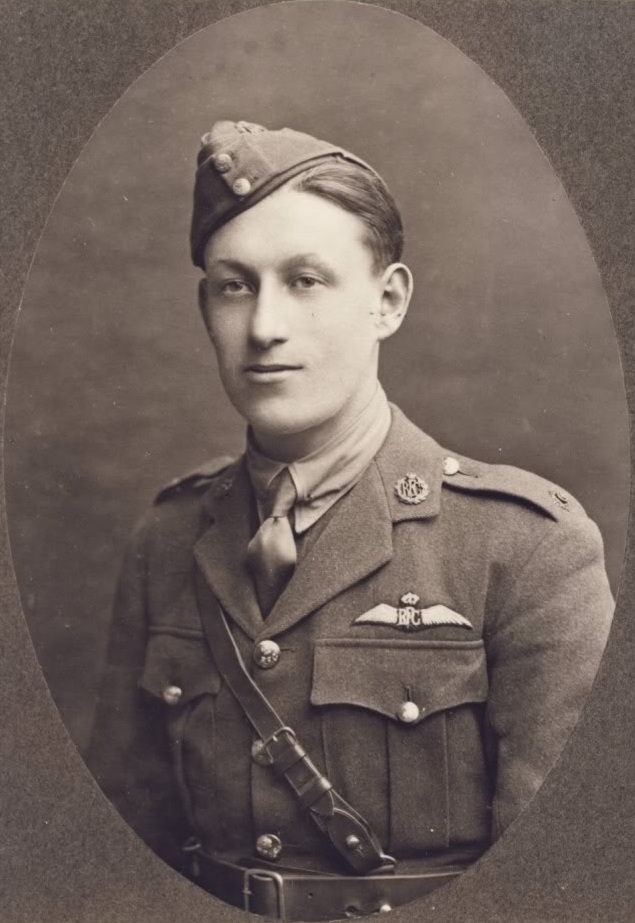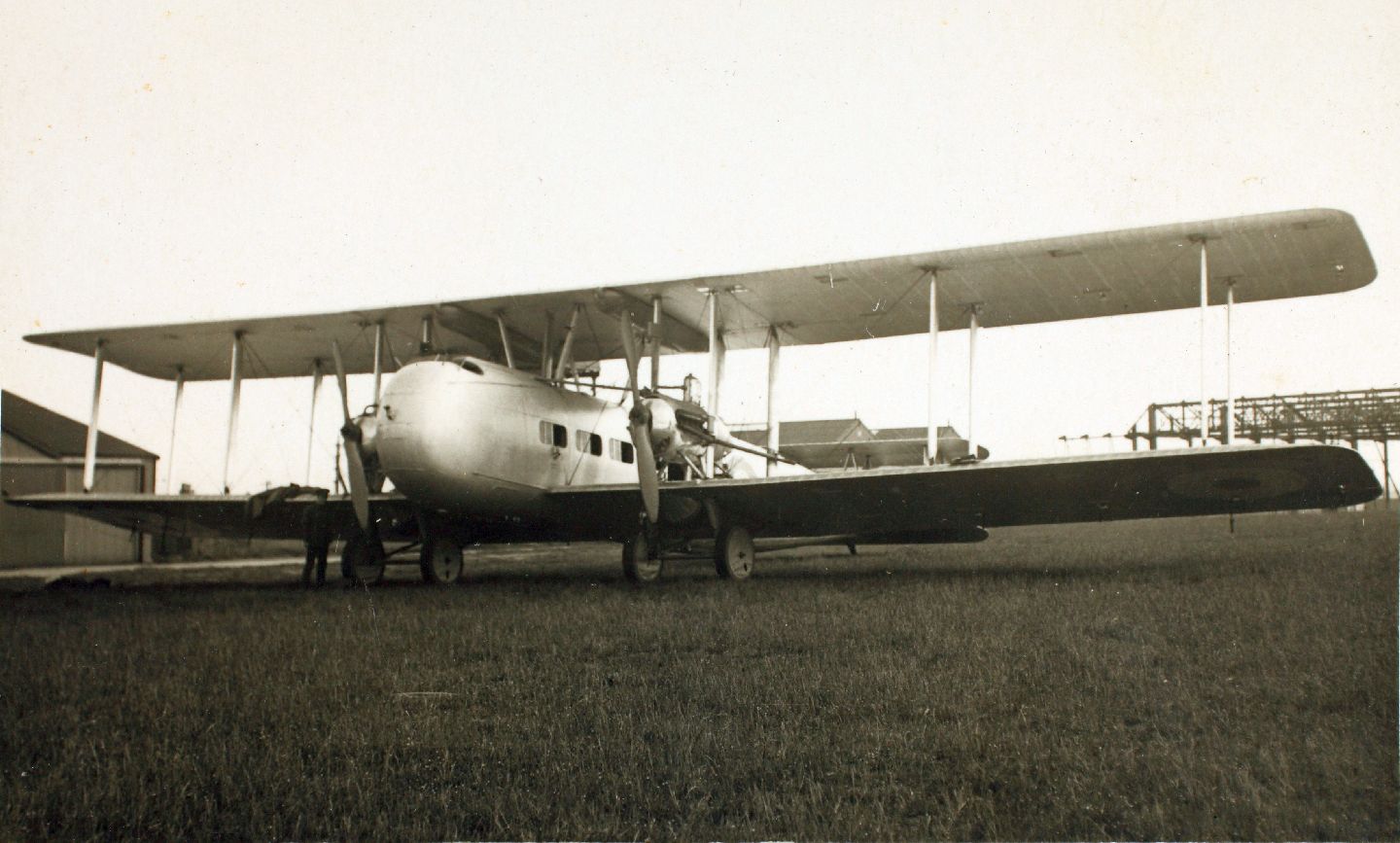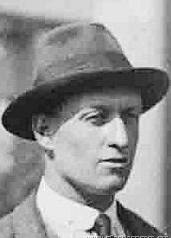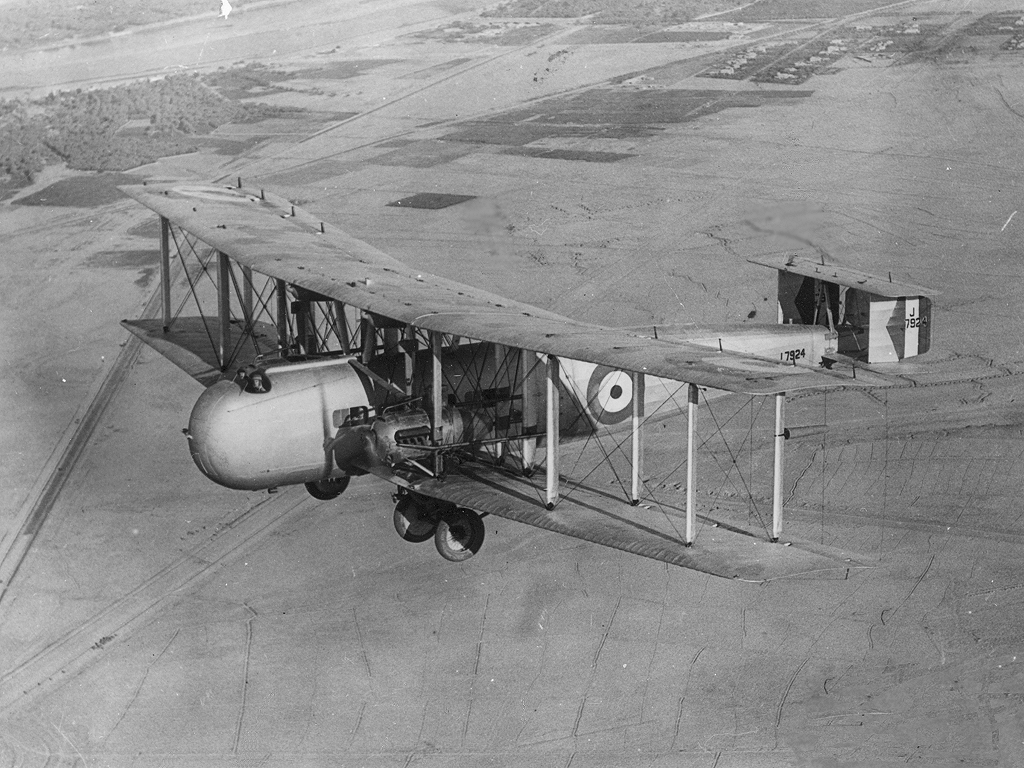
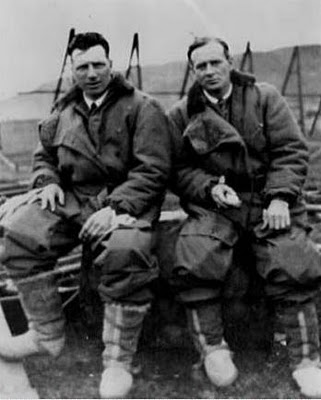
14–15 June 1919: Captain John William Alcock, D.S.C., and Lieutenant Arthur Whitten Brown, both of the Royal Air Force, crossed the Atlantic Ocean, non-stop, aboard their twin-engine Vickers Vimy F.B.27A Mk.IV biplane bomber. This was the very first successful non-stop trans-Atlantic crossing by air.
Alcock and Brown took off from Lester’s Field, St. John’s, Newfoundland, at 16:13 GMT (2:43 p.m., NDT), 14 June 1919. They flew 1,890 miles (3,042 kilometers) to Clifden, County Galway, Ireland.
During their flight, they encountered heavy fog, icing, snow and severe turbulence. Four times Brown had to go out on the wings to clear snow and ice from the engine intakes.
The Vimy crossed the coast of Ireland at 9:25 a.m., British Summer Time (08:40 GMT), and touched down on the soft ground of Derrygimla Bog, just south of Clifden, at 9:40 a.m., BST. The airplane pitched over on its nose and was damaged, but Alcock and Brown were not hurt.
The total duration of their flight was 16 hours, 27 minutes.
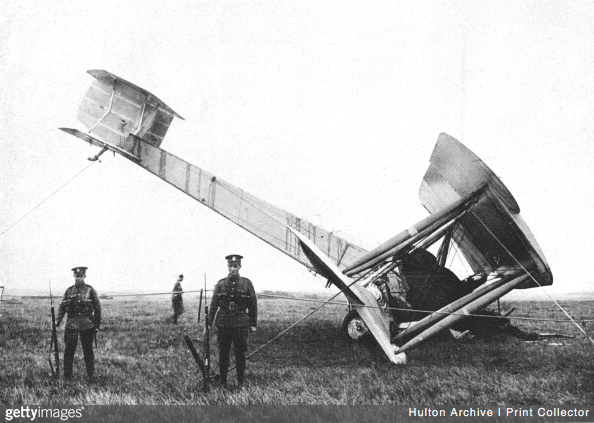
The following report was published in The New York Times:
Captain Alcock’s Own Narrative of His Flight From Newfoundland to Ireland
LONDON, June 16. (By telegraph from Clifden, Ireland.) We have had a terrible journey. The wonder is that we are here at all. We scarcely saw the sun or the moon or the stars. For hours we saw none of them.
The fog was very dense, and at times we had to descend to within 300 feet of the sea. For four hours the machine was covered in a sheet of ice caused by frozen sleet; at another time the sleet was so dense that my speed indicator did not work, and for a few seconds it was very alarming.
We looped the loop, I do believe, and did a very steep spiral. We did some very comic “stunts,” for I have had no sense of the horizon.
The winds were favorable all the way: northwest and at times southwest. We said in Newfoundland we could do the trip in 16 hours, but we never thought we should. An hour and a half before we saw land we had no certain idea where we were, but we believed we were at Galway or thereabouts. Our delight in seeing Eashal Island and Turbot Island (5 miles west of Clifden) was great. People did not know who we were when we landed, and thought we were scouts on the lookout for the “Vimy.”
We encountered no unforeseen conditions. We did not suffer from cold or exhaustion except when looking over the side; then the sleet chewed bits out of our faces. We drank coffee and ale and ate sandwiches and chocolate.
The flight has shown that the Atlantic flight is practicable, but I think it should be done not with an aeroplane or seaplane, but with a flying boat. We had plenty of reserve fuel left, using only two-thirds of our supply.
The only thing that upset me was to see the machine at the end get damaged. From above, the bog looked like a lovely field, but the machine sank into it up to the axle and fell over on to her nose.
—The New York Times, 16 June 1919, Page 1, Columns 7 and 8
The “Vickers-Vimy-Rolls”
The construction of the Trans-Atlantic “Vickers-Vimy-Rolls” was completed at the Weybridge Aeroplane Works of Messrs. Vickers, Limited.
This aeroplane is practically similar in every respect to the Standard “Vimy” as supplied to His Majesty’s Government.
Two standard 350 hp. Rolls-Royce engines are installed. The capacity of the petrol tanks has been increased to 865 gallons, and the lubricating oil tanks to 50 gallons, and with this quantity of fuel this aeroplane has a range of 2440 miles. The maximum speed is over 100 miles per hour. The span of the “Vickers-Vimy-Rolls” is 67 feet, and overall length is 42 feet 8 inches. The width of the planes is 10 feet 6 inches. A wireless telegraphy set capable of sending and receiving messages over long distances was carried, and the pilot and navigator wore electrically heated clothing.
—AIRCRAFT JOURNAL, Vol. IV., No. 25, Saturday, 21 June 1919, at Page 9, Column 3
After their historic flight, Captain Alcock and Lieutenant Brown were invested Knight Commanders of the Order of the British Empire by King George V in a ceremony at Windsor Castle, 21 June 1919. They also had won a prize of £10,000 offered by Alfred Harmsworth, 1st Viscount Northcliffe, owner of the Daily Mail, and which was presented to them at the Savoy Hotel, 20 June, by Winston Churchill, Secretary of State for War, and the future prime minister. The pilots insisted that £2,000 go to the Vickers and Rolls-Royce mechanics who had prepared their airplane. They also received 2,000 guineas from the Ardath Tobacco Co., and £1,000 from Mr. Lawrence R. Phillips.
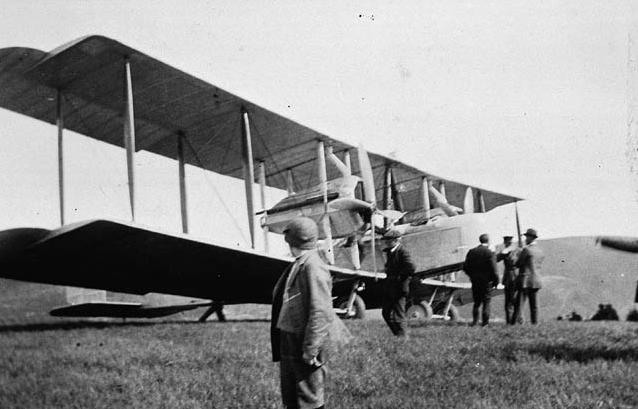
Alcock and Brown’s airplane was a Vickers F.B.27 Mk.IV Vimy, serial number C105. The Royal Air Force registration was B9952. The owner of the aircraft was the manufacturer, Vickers Limited. On 1 May 1919, it was assigned Certificate of Registration No. 18, with the civil registration G-EAAR. Contemporary photographs of the Vimy do not show any registration markings, however.
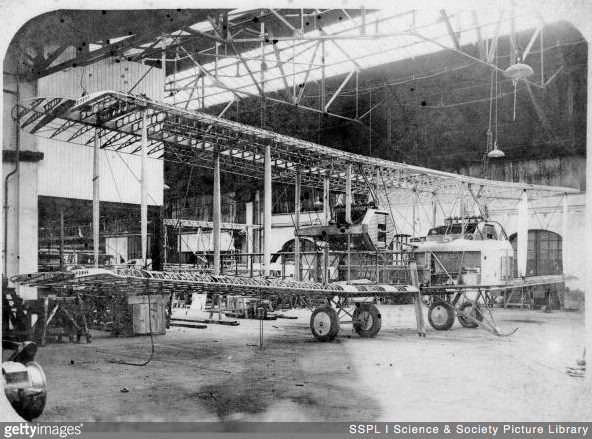
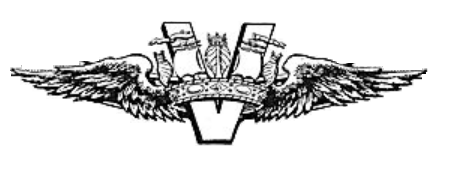
The Vimy was 43 feet, 6½ inches (13.272 meters) long with a wingspan of 67 feet, 2 inches (20.472 meters) and height of 15 feet, 8 inches (4.775 meters). The upper and lower wings had a chord of 10 feet, 6 inches (3.200 meters). The total wing area was 1,330 square feet (123.6 square meters). The vertical gap between the wings was 10 feet, 0 inches (3.048 meters) and there was no stagger. Both wings had and angle of incidence of 3½° and 3° dihedral.
The bomber weighed 6,700 pounds (3,039 kilograms) empty, and had a gross weight of 12,500 pounds (5,670 kilograms).
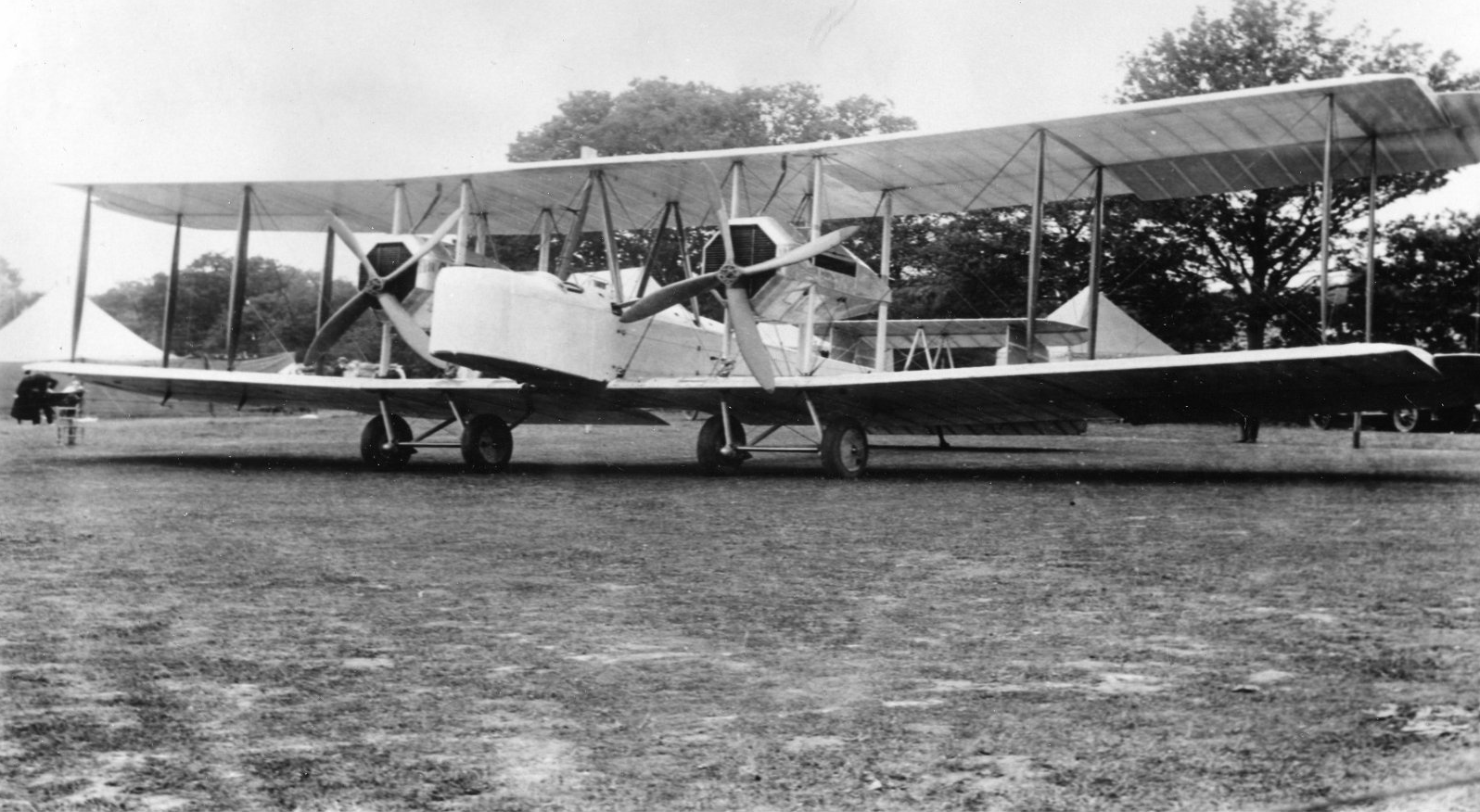

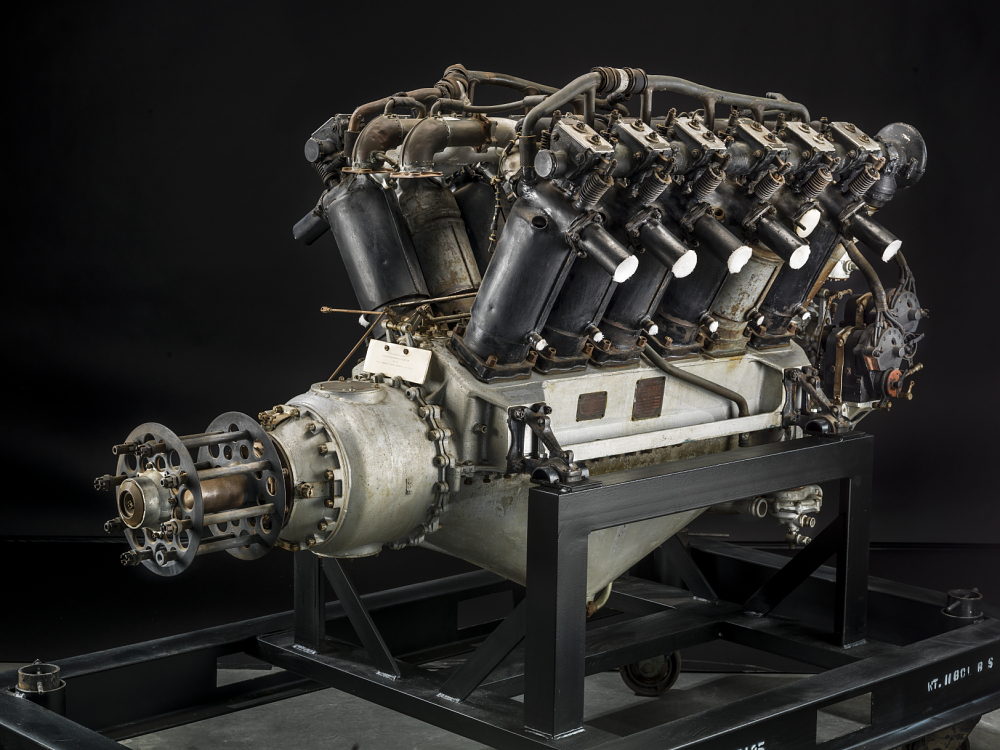
The Vimy had a maximum speed of 98 miles per hour (158 kilometers per hour) at 5,000 feet (1,524 meters). In standard configuration, the bomber had a range of 835 miles (1,344 kilometers). Its service ceiling was 10,500 feet (3,200 meters). Vimy C105 was modified by Vickers to carry 1,050 gallons (3,975 liters) of gasoline for the transoceanic flight.
The Vimy was repaired by Vickers and Rolls-Royce, then donated to the London Science Museum where it is displayed near Amy Johnson’s DH.60G Gipsy Moth, Jason. Its civil registration was cancelled in May 1920.
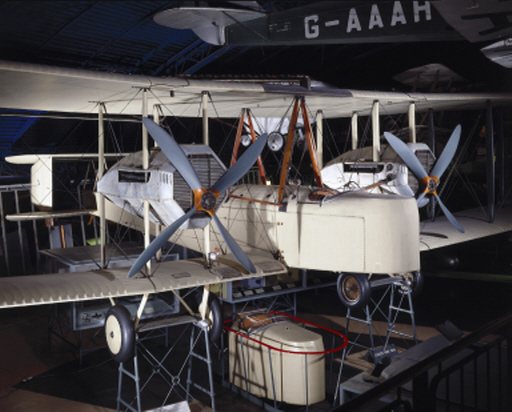
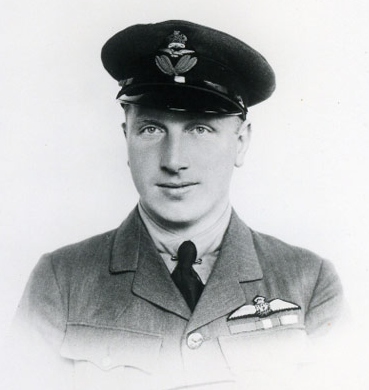
John William Alcock was born 6 November 1892, at Seymour Grove, Old Trafford, Stretford, a town near Manchester, England. He was the son of John Alcock, a coachman, and Mary Alice Whitelegg Alcock, a domestic servant.
He took an early interest in flying. Work as a mechanic at the Ducrocq School, Brooklands Aerodrome, Surrey, led to flight training. He was awarded pilot’s certificate No. 368 by the Royal Aero Club, 26 November 1912.
Alcock competed in various air races, winning the Easter Aeroplane Handicap at Brooklands with a Farman B, 24 March 1913. The prize for first place was 50 guineas.
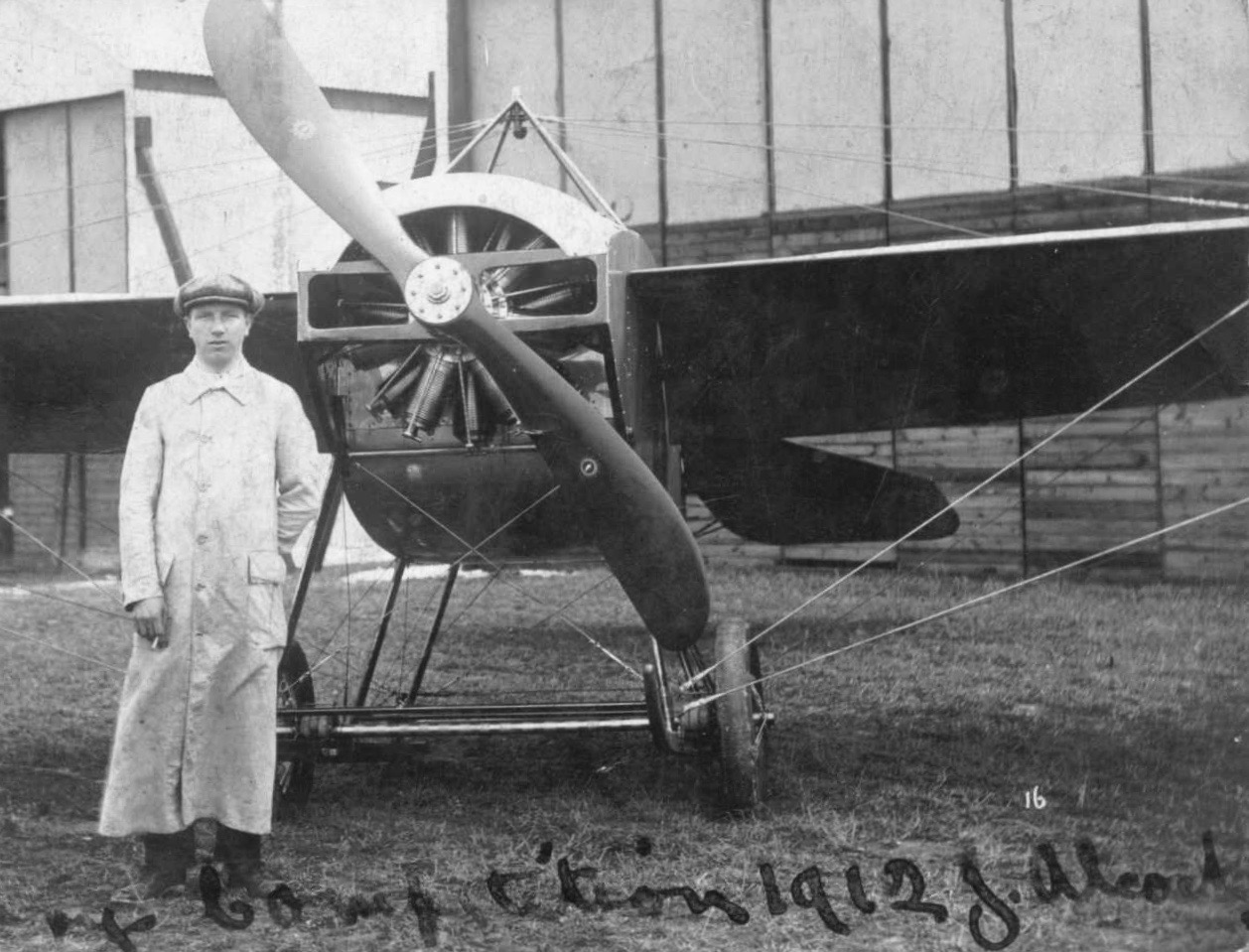
With the onset of World War I, Alcock entered the Royal Naval Air Service, 12 November 1914. as a Warrant Officer, Second Grade (temporary). Alcock was assigned as a flight instructor at the Naval Flying School, Eastchurch, on the Isle of Sheppey, Kent, England. He was commissioned a Flight Sub-Lieutenant (tempy) 29 December 1915 and was sent to a squadron based on an island in the Aegean Sea. Alcock was flying a Sopwith Camel when he shot down an enemy airplane and forced two others into the sea. For this action he was awarded the Distinguished Service Cross:
13318 SUPPLEMENT to the LONDON GAZETTE, 19 DECEMBER, 1917.
Flt. Lieut. John William Acock, R.N.A.S. (now prisoner).
For the great skill, judgement and dash displayed by him off Mudros on the 30th September, 1917, in a successful attack on three enemy seaplanes, two of which were brought down in the sea.
After Alcock returned to base, he took a Handley Page O/100 bomber on a mission against Constantinople. When one engine failed, he turned back, but then the second failed and the airplane went down in the Gulf of Xeros. He and his two crewmen then swam to the enemy-held Gallipoli shoreline. They were captured and held as prisoners of war.
While held as a prisoner, Alcock was promoted to Flight Lieutenant (tempy), R.N.A.S., 31 December 1917.
On 1 April 1918, the Royal Flying Corps and Royal Naval Air Service were combined to establish the Royal Air Force. Flight Lieutenant Alcock, R.N.A.S., became Captain Alcock, R.A.F.
When The War to End All Wars came to an end in November 1918, Captain Alcock was repatriated to the United Kingdom, arriving at Dover 16 December 1918. He left military service in March 1919 and joined Vickers Ltd. (Aviation Department) as a test pilot.
While flying the prototype Vickers Viking to the Paris Air Show, Captain Sir John William Alcock, K.B.E., D.S.C., was killed in an accident at Cottévard, France, 18 December 1919. His remains were interred at the Southern Cemetery, Chorlton-cum-Hardy, Greater Manchester, England.
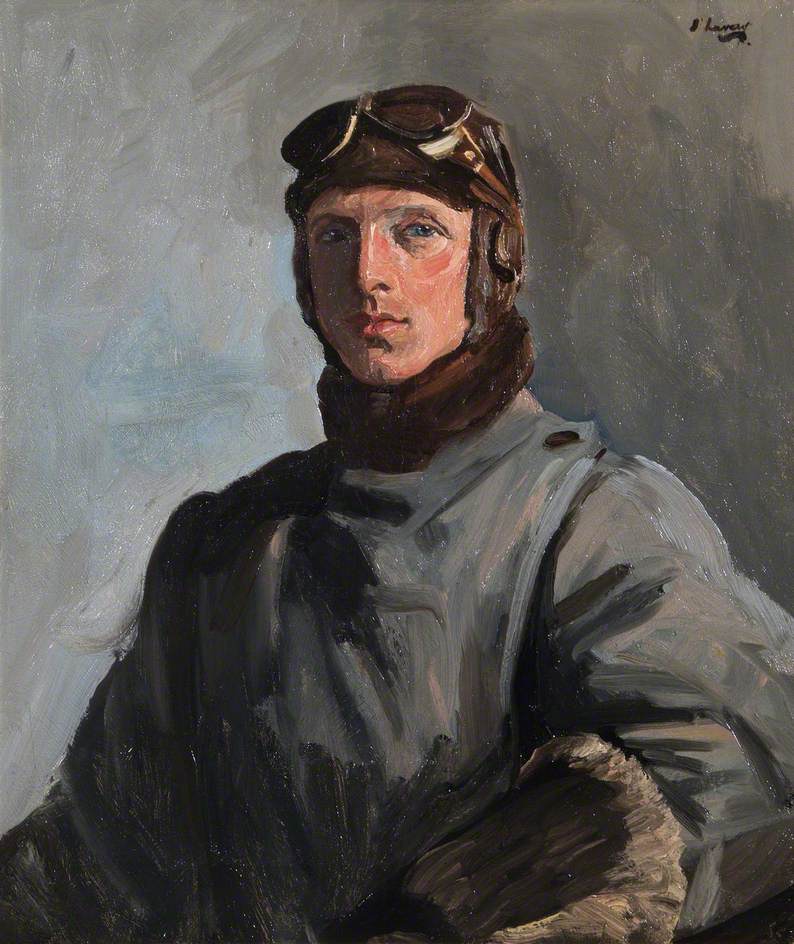
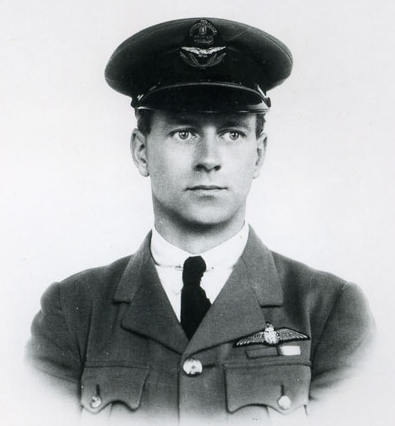
Arthur Whitten Brown was born at Crosshills, Glasgow, Scotland, 23 July 1886. He was an American citizen by birth. His parents were Arthur George Brown, a mechanical engineer for Westinghouse, and Emma Whitten Brown.
(Mr. Brown had been sent by Westinghouse to find a location for an electrical equipment factory, which was eventually built in Old Trafford, John Alcock’s birthplace.)
In 1914, Brown enlisted in the British Army.
In September 1919, Sir Arthur Whitten Brown married Miss Marguerite Kathleen Kennedy, at St. Martin’s, London. They would have a son, Arthur, who would become a pilot in the Royal Air Force. He was killed in action on D-Day, 6 June 1944, in Holland.

During World War II, Sir Arthur returned to active duty in the Royal Air Force. He instructed in navigation.
Lieutenant-Colonel Sir Arthur Whitten Brown, K.B.E., died at his home in Swansea, Wales, 4 October 1948, at the age of 62 years. His ashes interred at St. Margaret Churchyard, Tylers Green, Wycombe District Buckinghamshire.
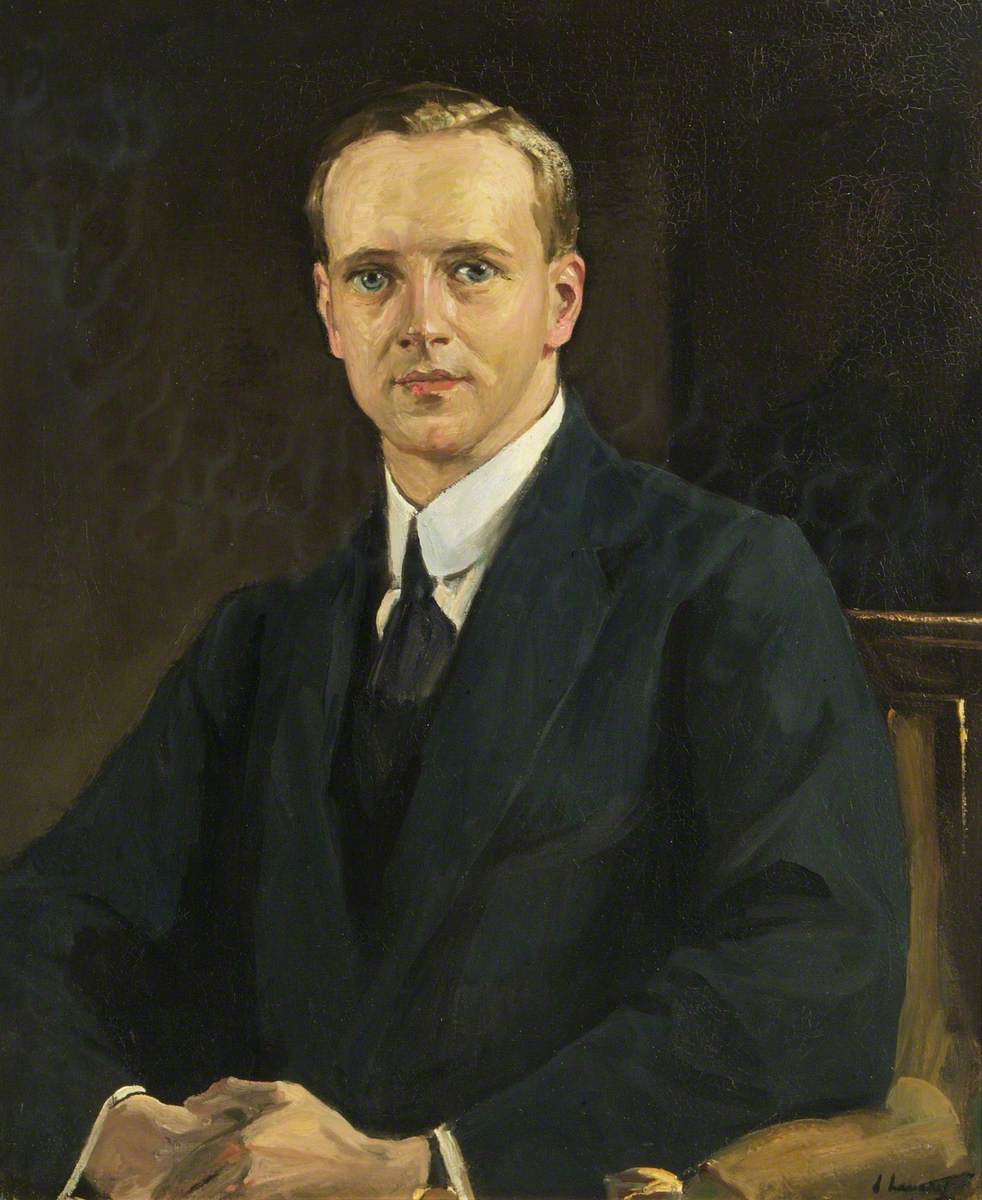
© 2019, Bryan R. Swopes
